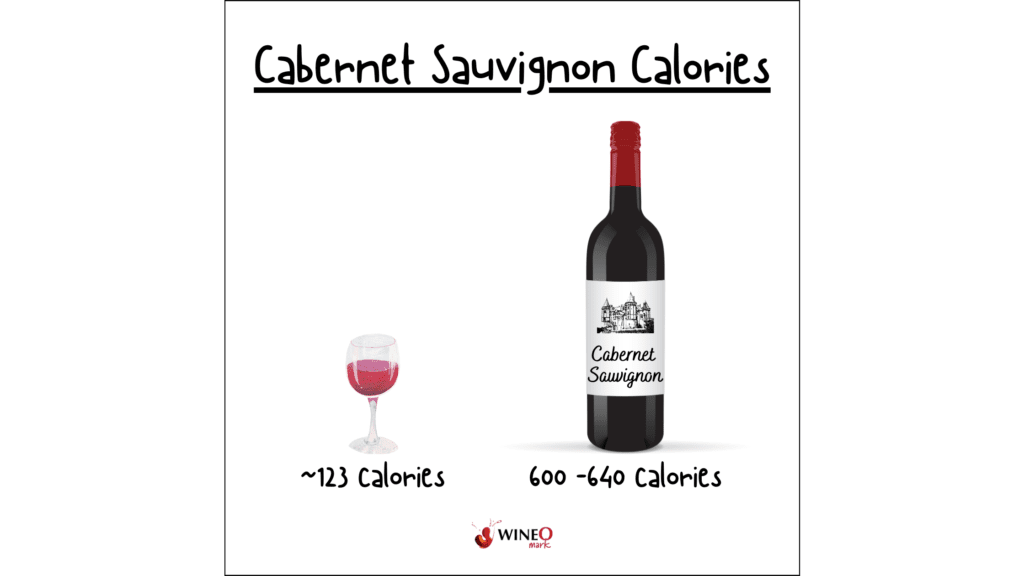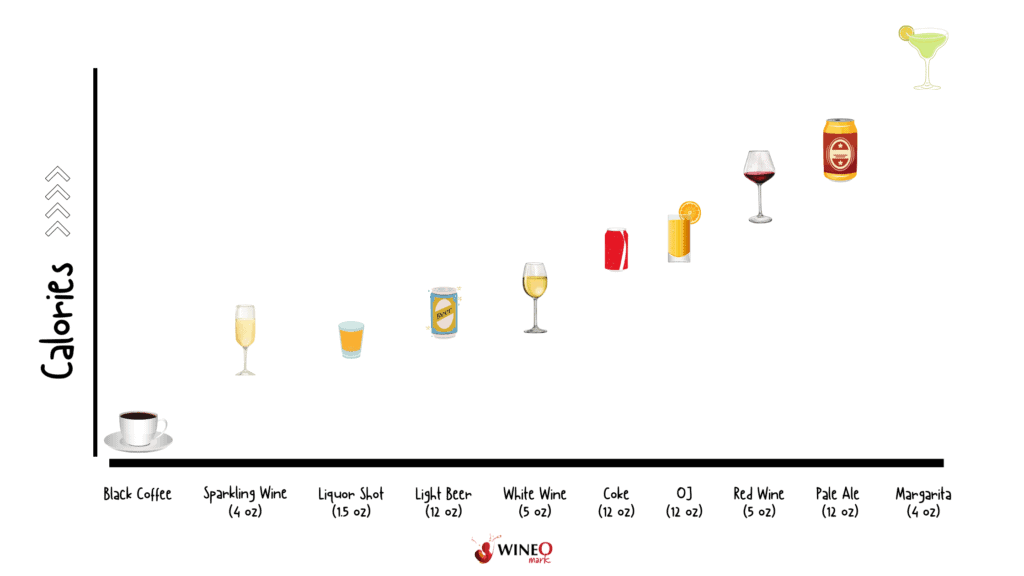
12 Best Lunch Spots In Napa
Best Lunch In Napa – Our 12 Favorite Spots! Lunch is a must when you’re out wine tasting! Whether you’re in the mood for a

Quick Answer: First, let's start with the basics. A standard 5-ounce serving of Cabernet Sauvignon contains approximately 122 - 125 calories. While a bottle of Cabernet Sauvignon is about 600-640 calories.
Cabernet Sauvignon is the most popular red wine. And is loved by many wine lovers because of its rich flavor, high tannins, and full body. While many people enjoy the taste of Cabernet Sauvignon, some may be wonder about the calorie content of this wine.
Though Cabernet Sauvignon has many health benefits including the ability to reduce the risk of heart disease and cancer due to its high levels of resveratrol, Cabernet Sauvignon also has some calories.
In this article, we will discuss the calorie content of Cabernet Sauvignon and how it can fit into a healthy lifestyle.

Typically, a standard bottle of Cabernet Sauvignon contains around 600 – 640 calories. However, it’s important to remember that this calorie count can be higher or lower depending on the specific wine.
A typical 5-ounce (148 ml) serving of Cabernet Sauvignon wine contains approximately 122 – 125 calories. However, the exact number of calories in a glass of Cabernet Sauvignon can vary depending on the alcohol content, residual sugar, and serving size.
However, it’s important to remember that the calorie content of wine can vary depending on factors such as alcohol content and serving size. A higher alcohol content typically means more calories, and larger serving sizes will obviously contain more calories than a standard 5-ounce serving.
Moderate consumption of Cabernet Sauvignon, like other red wines, may have potential health benefits due to the presence of various compounds such as resveratrol, antioxidants, and polyphenols. Here are some ways Cabernet Sauvignon may be healthy for you:
However, it is important to note that excessive consumption of any alcoholic beverage, including Cabernet Sauvignon, can have negative health effects, such as liver damage, addiction, and increased risk of certain cancers.
First and foremost, it’s important to enjoy this wine in moderation. The American Heart Association recommends no more than one drink per day for women and no more than two drinks per day for men.
If you’re trying to watch your calorie intake, there are a few things you can do to make Cabernet Sauvignon a healthier choice. First, try to stick to a standard 5-ounce serving size. This will ensure that you’re not consuming too many calories in one sitting. You can also look for lower alcohol content varieties of Cabernet Sauvignon, which will typically contain fewer calories.
Another way to make Cabernet Sauvignon a healthier choice is to pair it with nutritious foods. Instead of drinking wine on an empty stomach, enjoy a glass with a meal that contains plenty of fruits, vegetables, and lean proteins. This will help to balance out the calorie content of the wine and provide your body with the nutrients it needs.
Calories in wine come from two main sources: alcohol and residual sugar.


Best Lunch In Napa – Our 12 Favorite Spots! Lunch is a must when you’re out wine tasting! Whether you’re in the mood for a

North Coast Wine Co. Outerbound Pinot Noir – WineO Mark Review Wine Stats Grape Variety: 100% Pinot Noir Vintage: 2019 ABV: 14% Wine Region: North Coast,

Böen Pinot Noir – WineO Mark Review Wine Stats Grape Variety: 100% Pinot Noir Vintage: 2021 ABV: 14.6% Wine Region: California Flavor Profile: Cherry, raspberry, blackberry,

Merry Edwards Sauvignon Blanc – WineO Mark Review Wine Stats Grape Variety: 100% Sauvignon Blanc Vintage: 2022 ABV: 14% Wine Region: Russian River Valley, California

The Hess Collection Allomi Chardonnay – WineO Mark Review Wine Stats Grape Variety: 100% Chardonnay Vintage: 2019 ABV: 14.3% Wine Region: Napa Valley, California Flavor Profile:

Stags’ Leap Chardonnay – WineO Mark Review Wine Stats Grape Variety: 100% Chardonnay Vintage: 2022 ABV: 14.1% Wine Region: Napa Valley, California Flavor Profile: Oak, vanilla,

Godeval Cepas Vellas Godello – WineO Mark Review Wine Stats Grape Variety: 100% Godello Vintage: 2021 ABV: 13% Wine Region: Valdeorras, Spain Flavor Profile: Peach,

Félix Solís Mucho Más Tinto N.V. – WineO Mark Review Wine Stats Grape Variety: Tempranillo, Syrah Vintage: Non-Vintage ABV: 14% Wine Region: Spain Flavor Profile: Vanilla,
